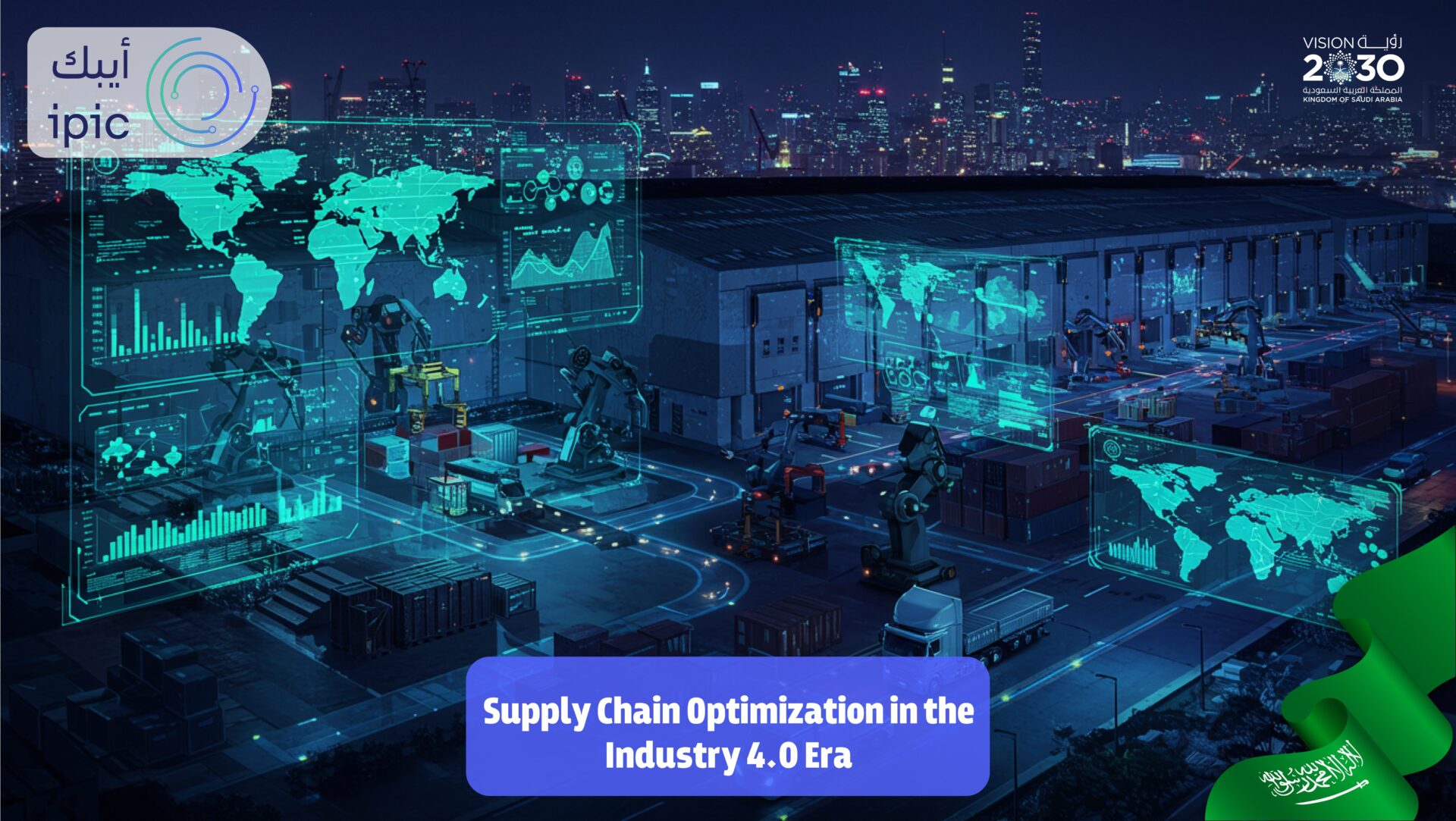Supply Chain Optimization in the Industry 4.0 Era
Introduction
The Fourth Industrial Revolution—Industry 4.0—has redefined the very foundations of manufacturing and logistics. As intelligent technologies like IoT, AI, big data analytics, and blockchain transform industries, supply chains are shifting from traditional, linear models to dynamic, interconnected, and highly responsive ecosystems.
In today’s fast-paced world, supply chain optimization isn’t simply about cost-cutting. It’s about agility, visibility, resilience, and customer-centricity—and Industry 4.0 technologies are the enablers of this new reality.
How Industry 4.0 Is Transforming Supply Chains
1. Real-Time Visibility
Using IoT sensors, GPS tracking, and cloud platforms, companies can monitor shipments, inventory levels, equipment status, and supplier performance in real time. This transparency enables faster response to disruptions, proactive maintenance, and improved demand forecasting.
2. Predictive Analytics and AI
AI models can now predict demand fluctuations, optimize inventory levels, and anticipate supply chain risks before they happen. Predictive maintenance of logistics assets (like trucks or conveyor systems) reduces downtime and delays, while machine learning algorithms enhance procurement planning and production scheduling.
3. Automation and Robotics
Automated warehouses, robotic process automation (RPA) in procurement, and autonomous transport vehicles streamline operations, reduce errors, and enhance efficiency throughout the supply chain.
4. Blockchain for Transparency and Security
Blockchain technology secures transactions and ensures traceability in complex supply networks, which is crucial for industries like food, pharmaceuticals, and aerospace.
5. Smart Contracts and Digital Twins
Digital twins simulate supply chain scenarios, allowing companies to stress-test different strategies virtually. Smart contracts automate payments and supplier agreements, improving speed and reducing administrative costs.
Benefits of Supply Chain Optimization Using Industry 4.0
- Enhanced Agility: Rapid adjustment to market changes, supplier disruptions, or customer demand shifts.
- Cost Reduction: Smarter inventory management, reduced waste, and minimized downtime.
- Increased Customer Satisfaction: Faster delivery times, better quality control, and customized service.
- Stronger Resilience: Better risk detection and contingency planning to face unexpected challenges.
- Sustainability: Optimized logistics routes, reduced carbon footprint, and eco-friendly production practices.
Key Technologies Driving Supply Chain 4.0
| Technology | Impact |
|---|---|
| IoT Devices | Real-time monitoring of goods, assets, and environment |
| AI & Machine Learning | Predictive demand planning, risk management |
| Blockchain | Secure, transparent transactions and traceability |
| Robotics and Automation | Faster, error-free warehousing and logistics |
| Digital Twins | Virtual simulation and optimization of supply chain models |
| Cloud Computing | Centralized, scalable data access and collaboration |
Steps to Optimize Your Supply Chain in the Industry 4.0 Era
- ✅ Assess Current Digital Maturity: Use a structured evaluation (like SIRI – Smart Industry Readiness Index) to understand where your supply chain stands in terms of digital capabilities.
- ✅ Define Strategic Goals: Are you aiming for faster lead times? Lower inventory costs? More resilient supplier networks? Set clear, measurable objectives.
- ✅ Invest in Key Technologies: Focus on technologies that align with your supply chain priorities—start small and scale progressively.
- ✅ Integrate Systems and Break Data Silos: Unify ERP, MES, WMS, and TMS systems to enable smooth information flow across all supply chain stages.
- ✅ Empower Your Workforce: Train teams to leverage new tools and foster a data-driven culture across procurement, logistics, and operations.
- ✅ Continuously Monitor, Analyze, and Improve: Use real-time KPIs, dashboards, and predictive analytics to monitor supply chain health and optimize performance continuously.
Conclusion
The Industry 4.0 era is rewriting the rules of supply chain management. It’s not about moving goods from Point A to Point B faster—it’s about creating intelligent, connected, and resilient ecosystems that can sense, predict, and adapt.
Companies that embrace Industry 4.0 technologies for supply chain optimization will not just survive future challenges—they will thrive.
The future belongs to agile, connected, and intelligent supply chains. Are you ready to lead it?



